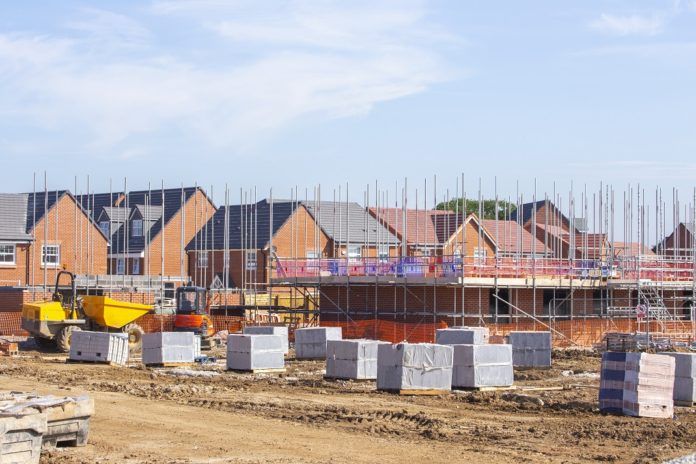Construction activity in the first quarter of 2023 was higher than predicted in Q4 2022 as consumer confidence held, aided by the easing of interest rates for five-year fixed rate mortgages and new build reservations and sales improving against Q4 2022.
The Construction Leadership Council’s (CLC) Product Availability working group’s latest statement reported a better than expected forecast from the Office of Budget Responsibility, with the UK predicted to avoid recession and inflation predicted to fall from 10% to 3% over the course of the year.
Despite higher than expected demand, there is good availability for the vast majority of building products except plasterboard, which is currently on allocation but with measures in place to increase capacity, this is unlikely to be a long term issue.
Longer standing issues with bricks appear to be resolved as UK brickmakers have made significant investments in increased production, with the first new line coming on stream later this year adding over 185 million more bricks a year.
However, the electro-technical sector continues to experience delays in the delivery of solar PV equipment and LED lighting which remain affected by the supply of semi-conductors.
Although wholesale gas prices are now falling, the price of energy intensive products such as bricks is unlikely to reflect this for some time as manufacturers hedged their gas prices last autumn. Manufacturers are also subject to other inflationary pressures including staffing and materials.
Timber prices, however, have now returned to around pre-Covid levels. The Group has also seen reductions for structural steel and rebar during the first quarter of 2023.
That said, prices are still substantially higher than 18 months ago and profit margins are being squeezed. This is particularly concerning for SME builders and regional house-builders. There are also isolated reports of credit risk insurance being withdrawn, which the CLC will continue to monitor.




